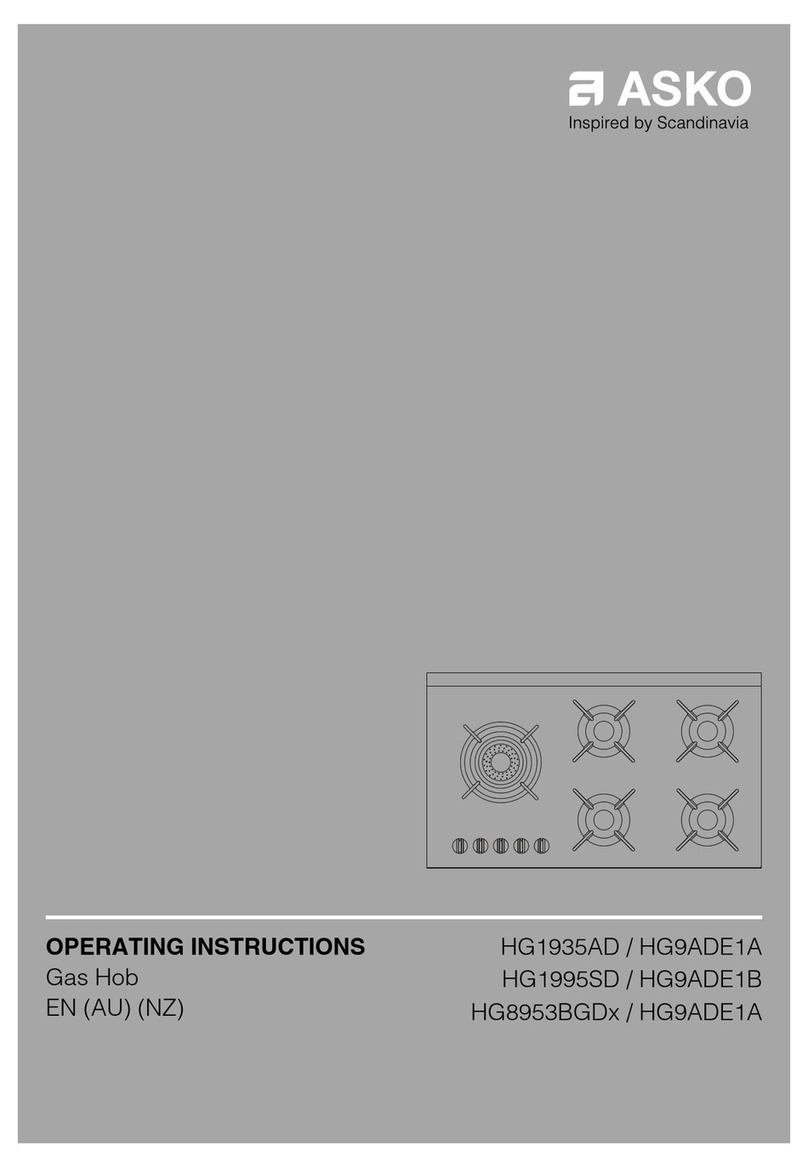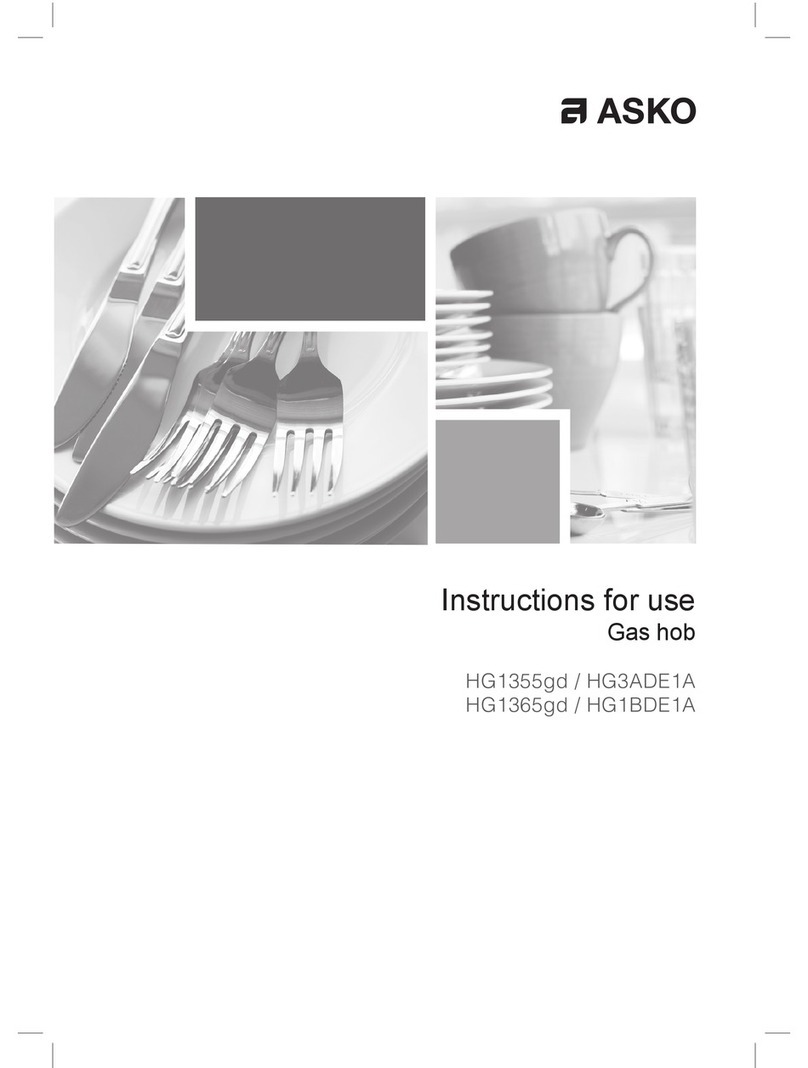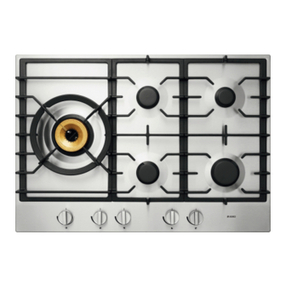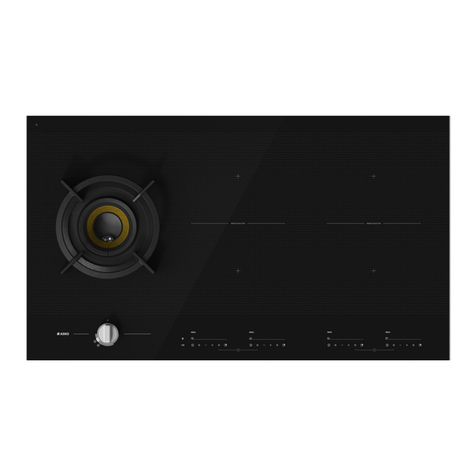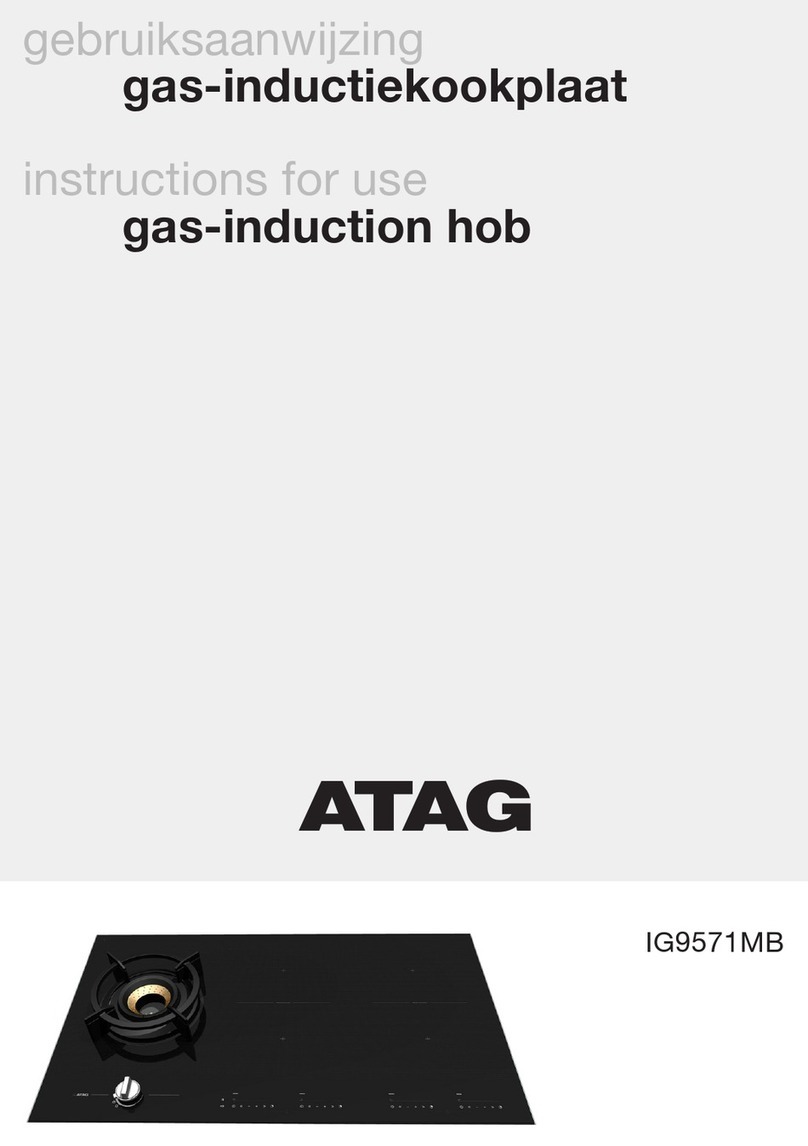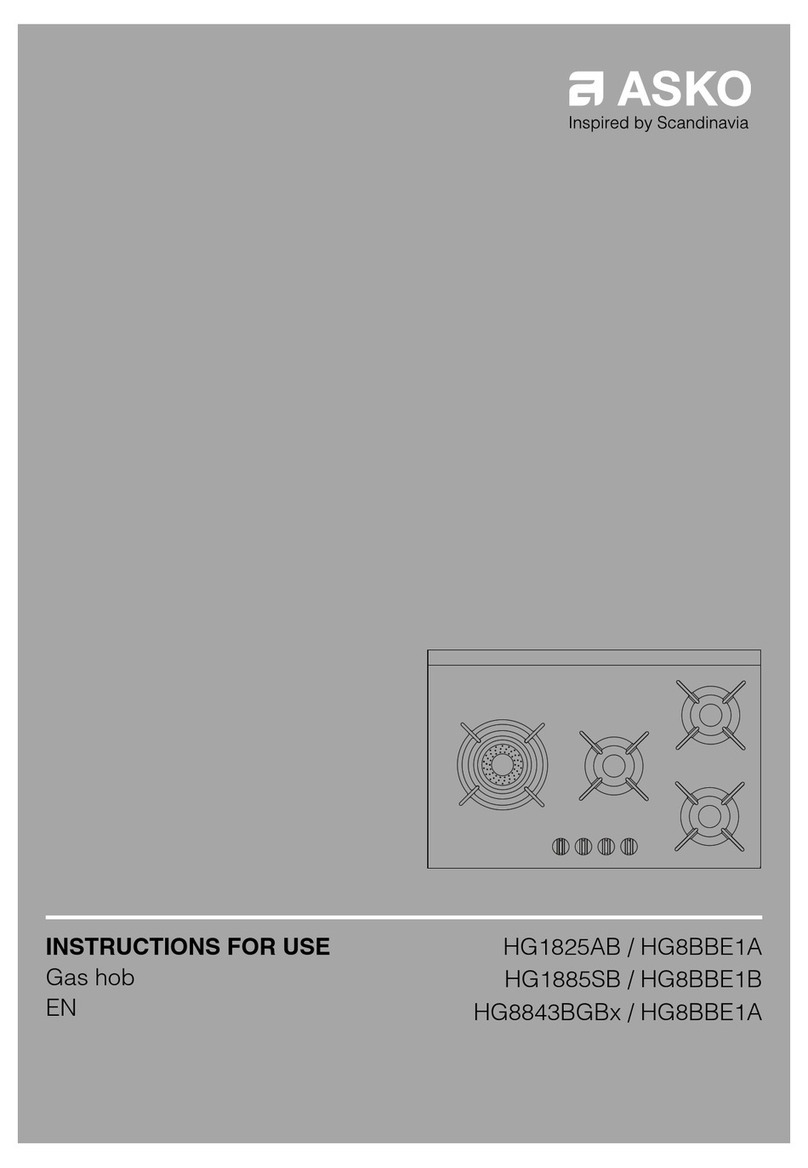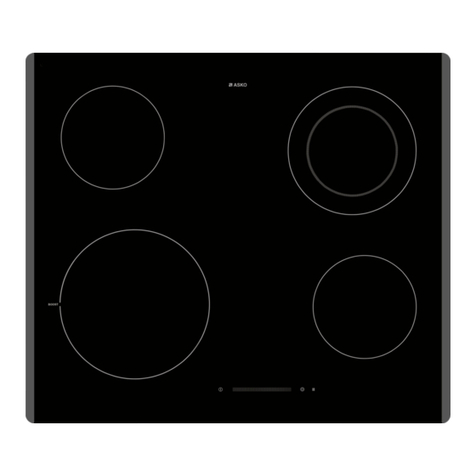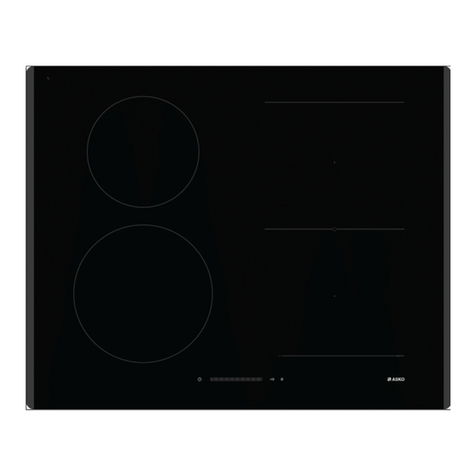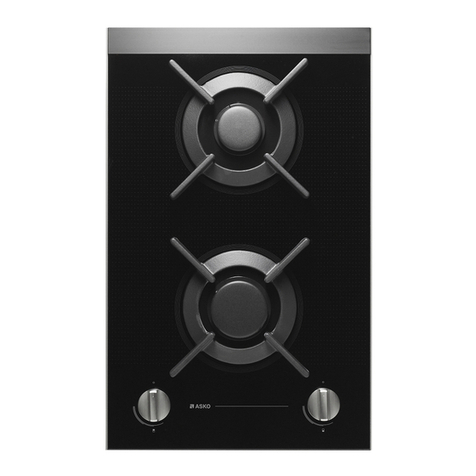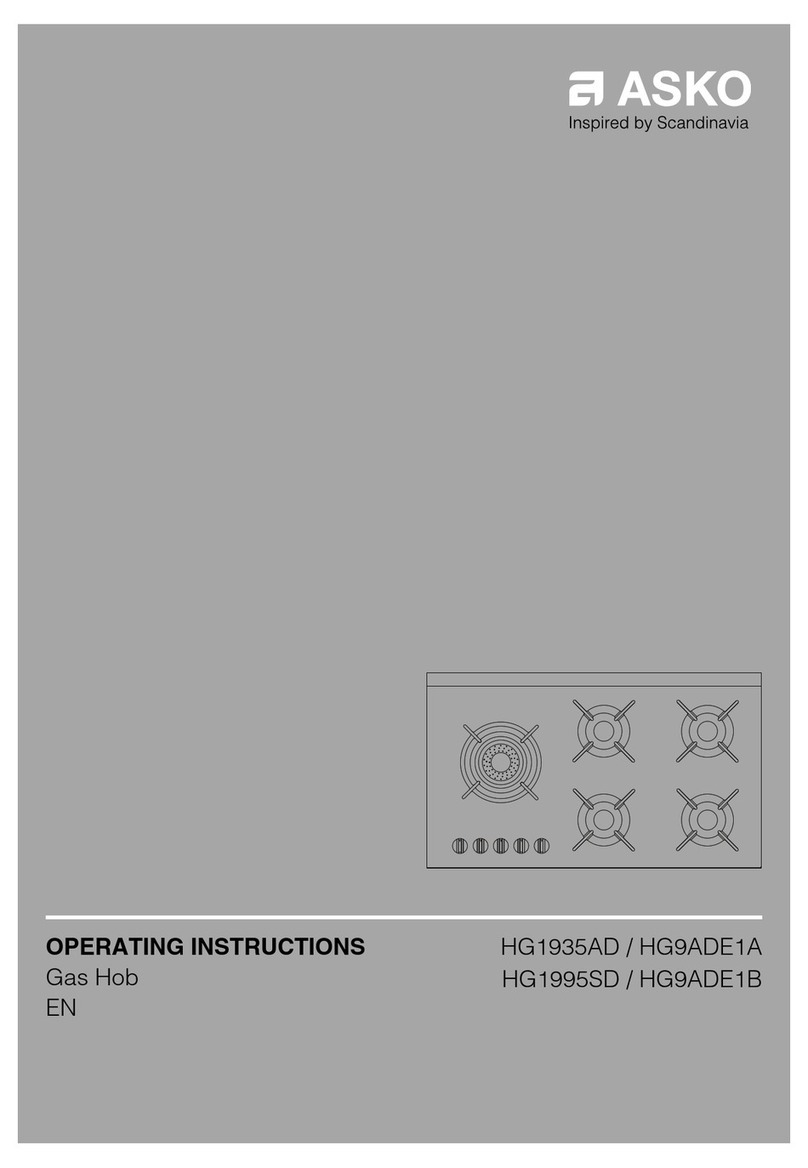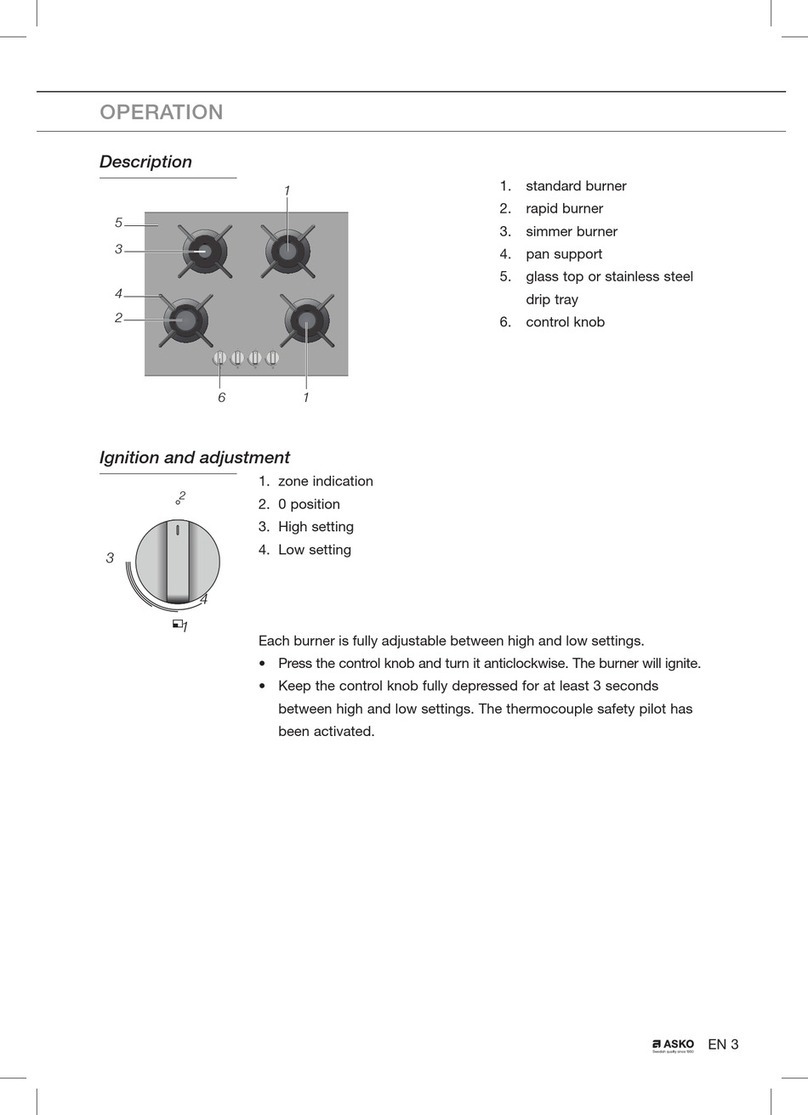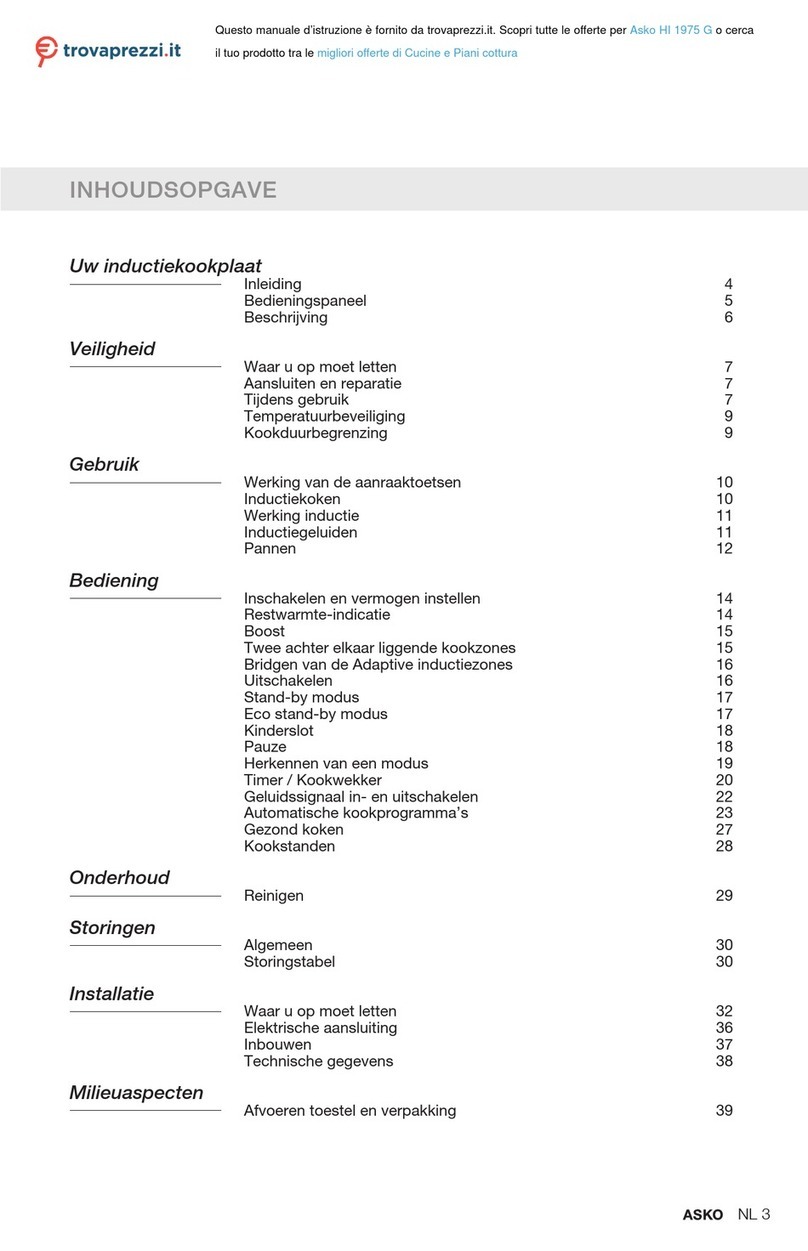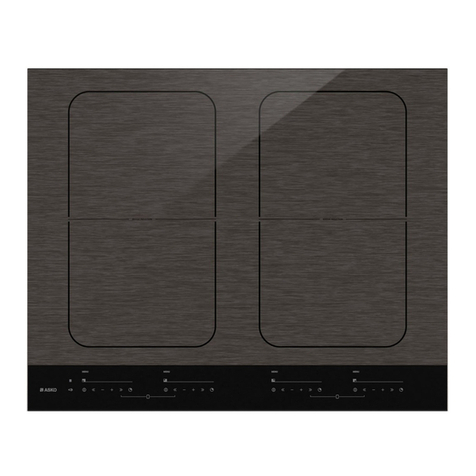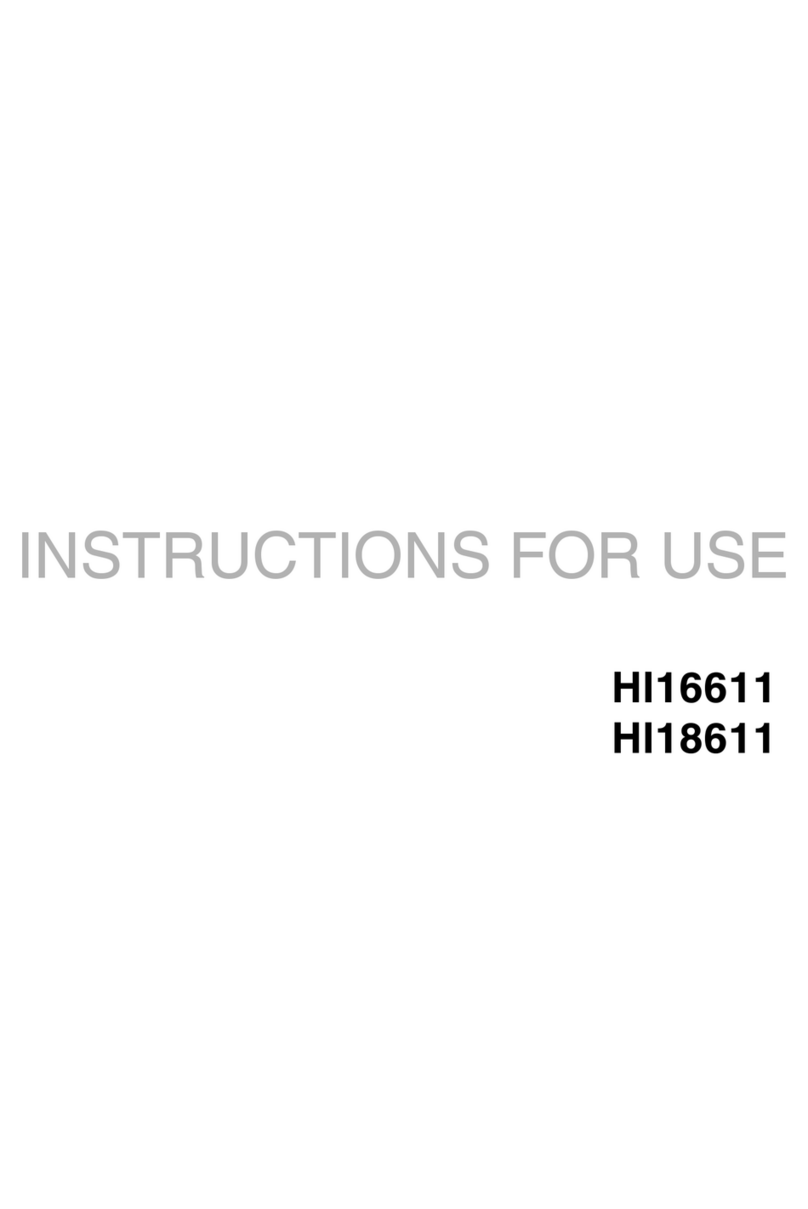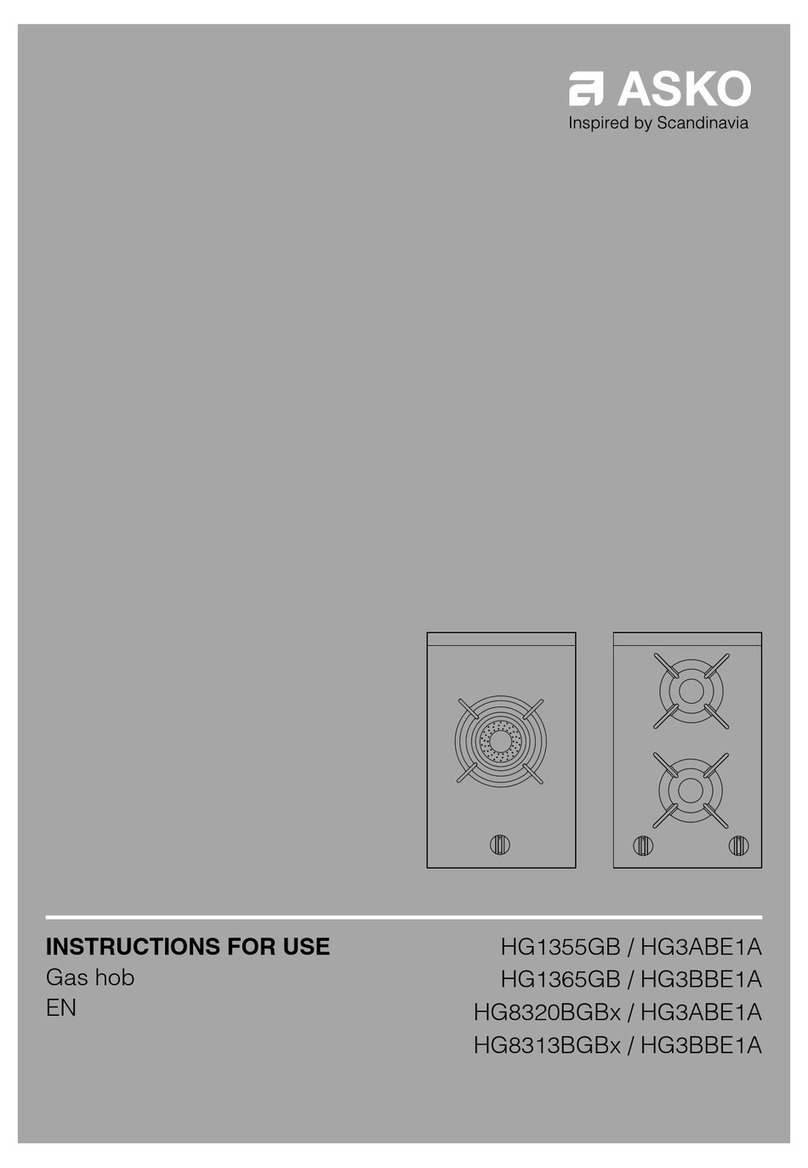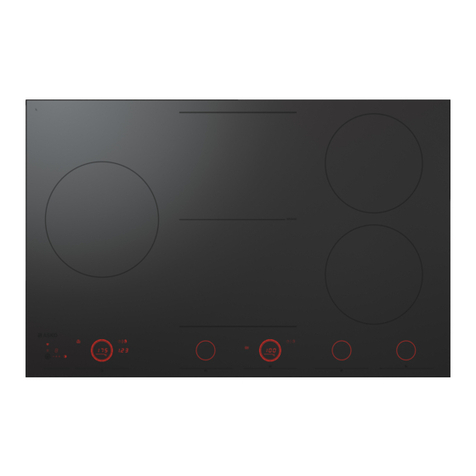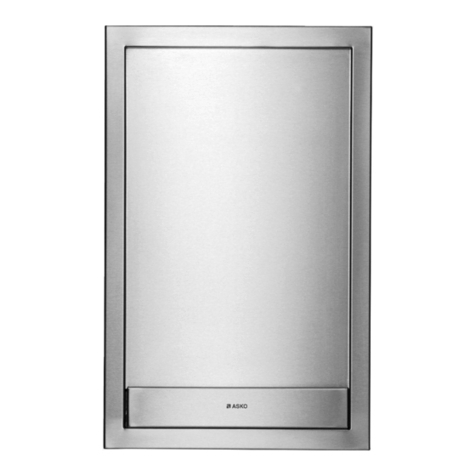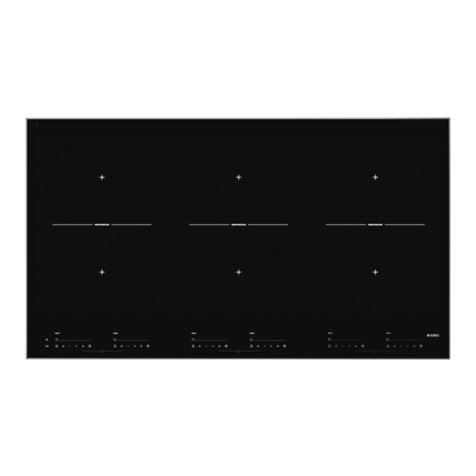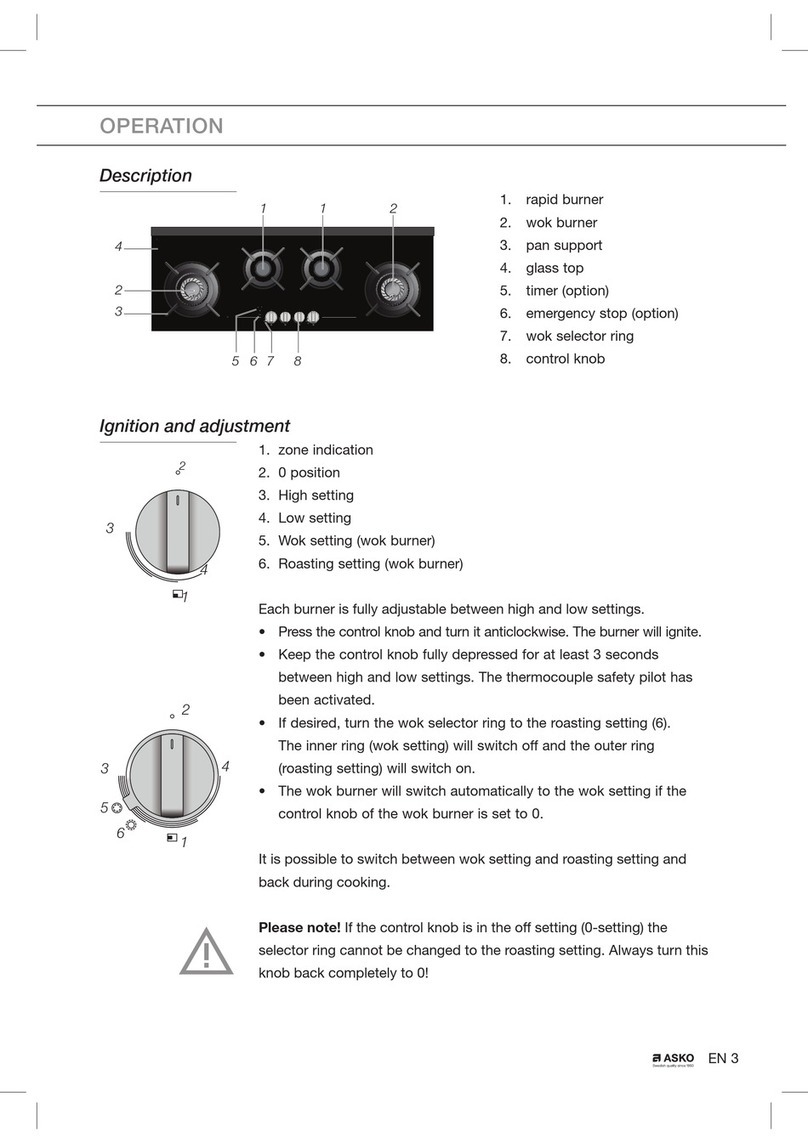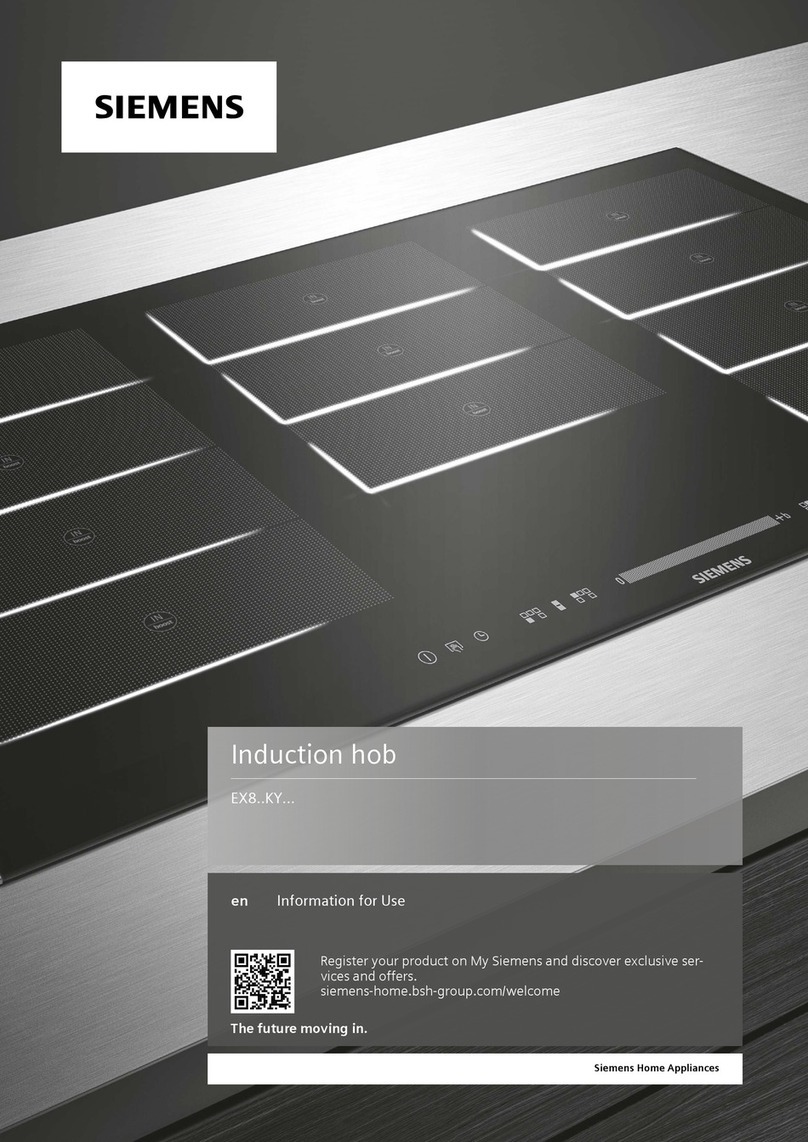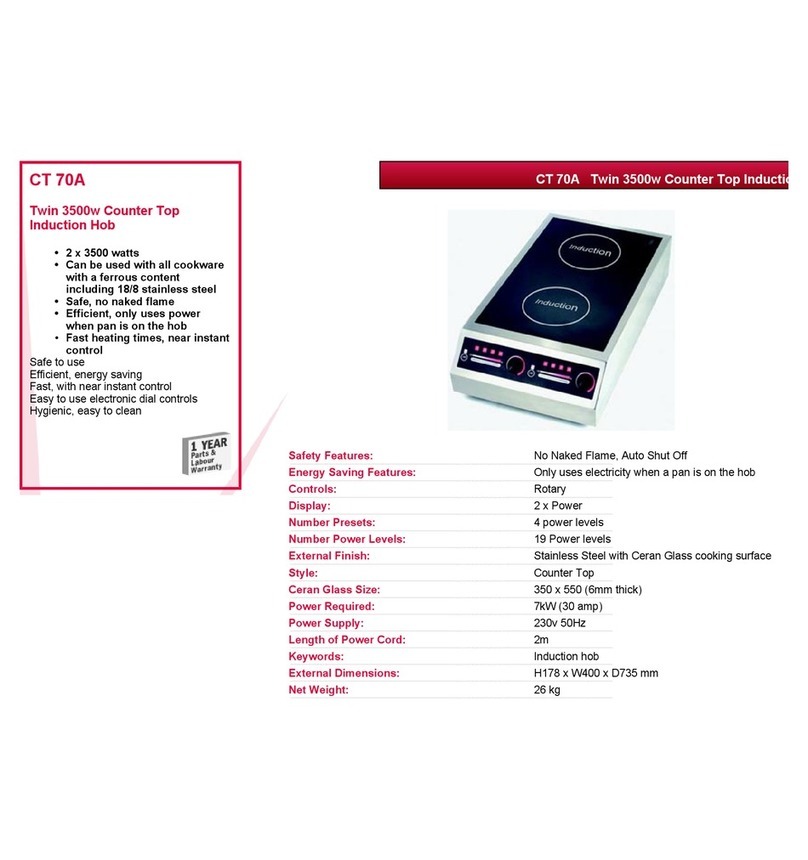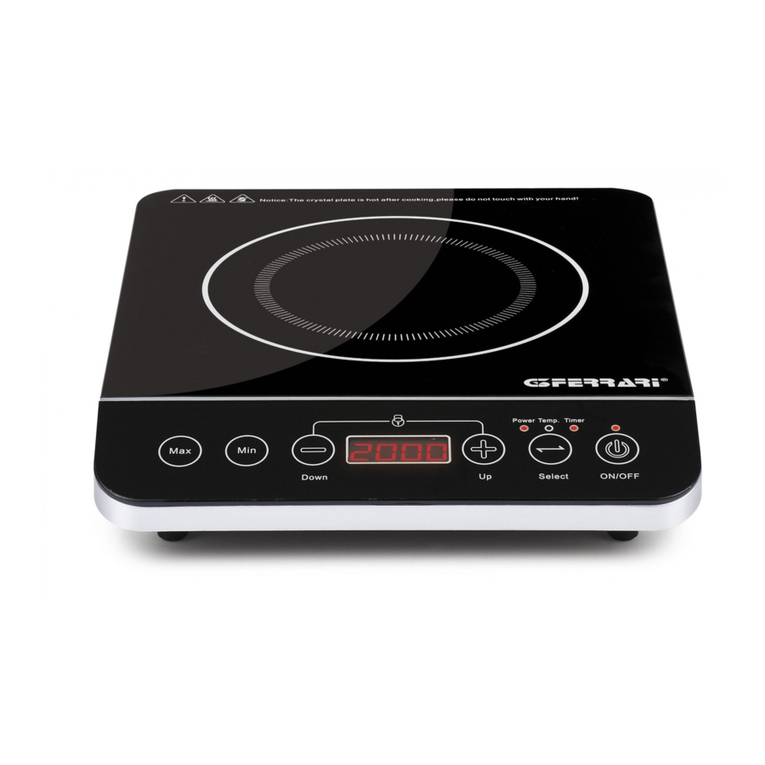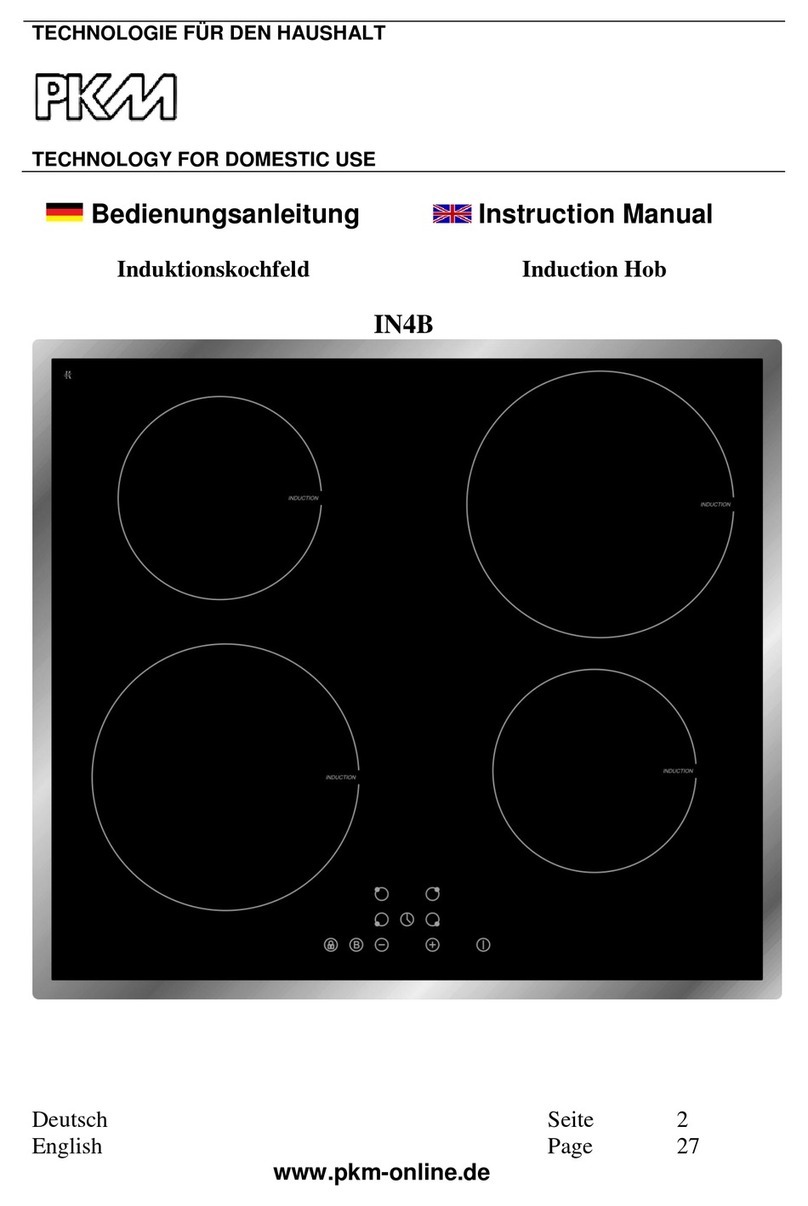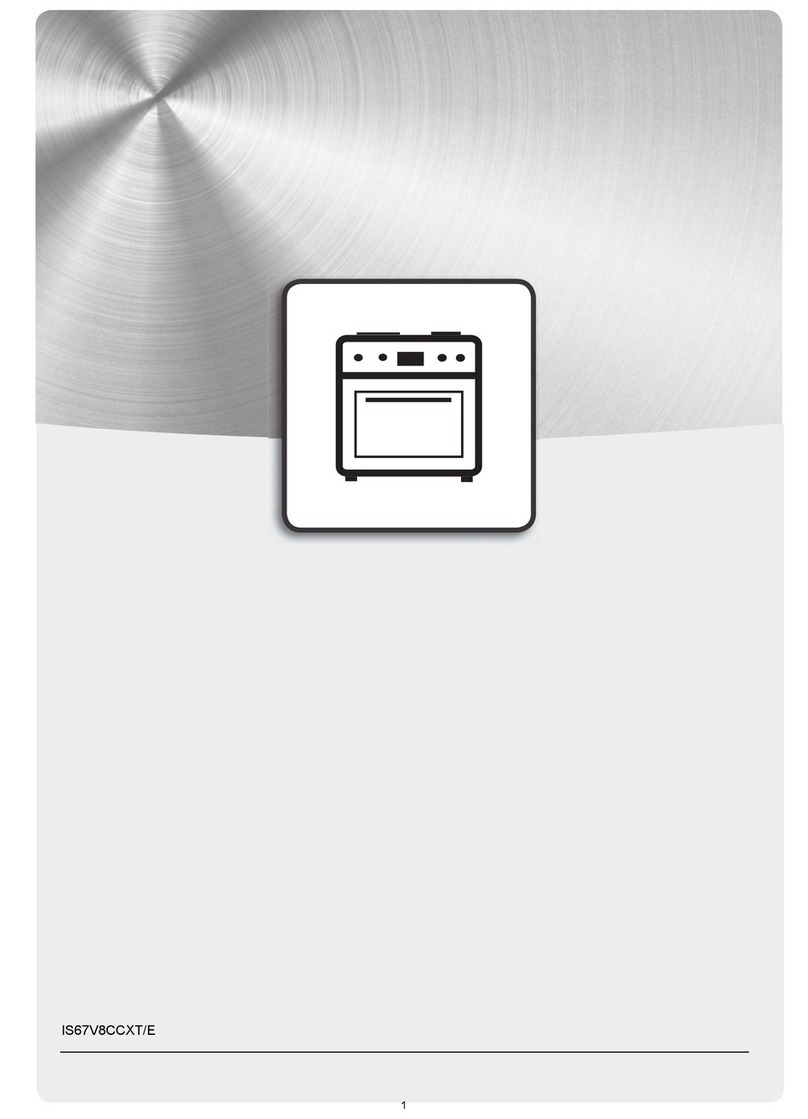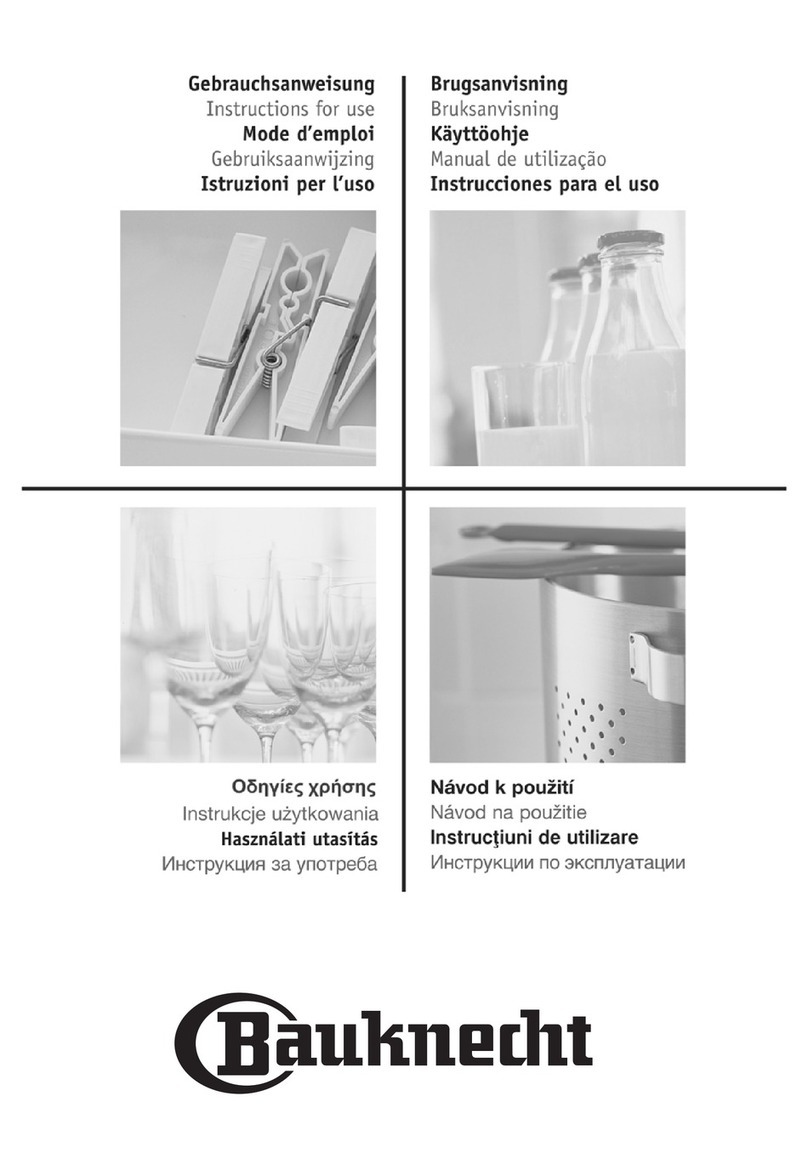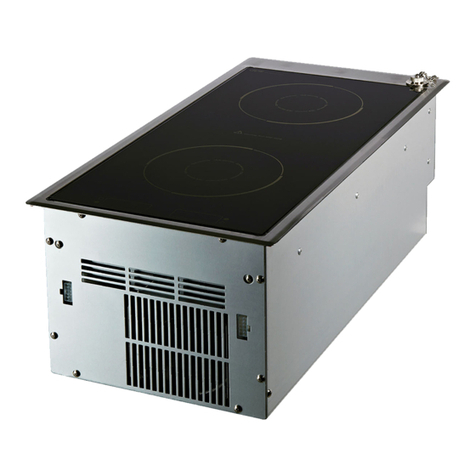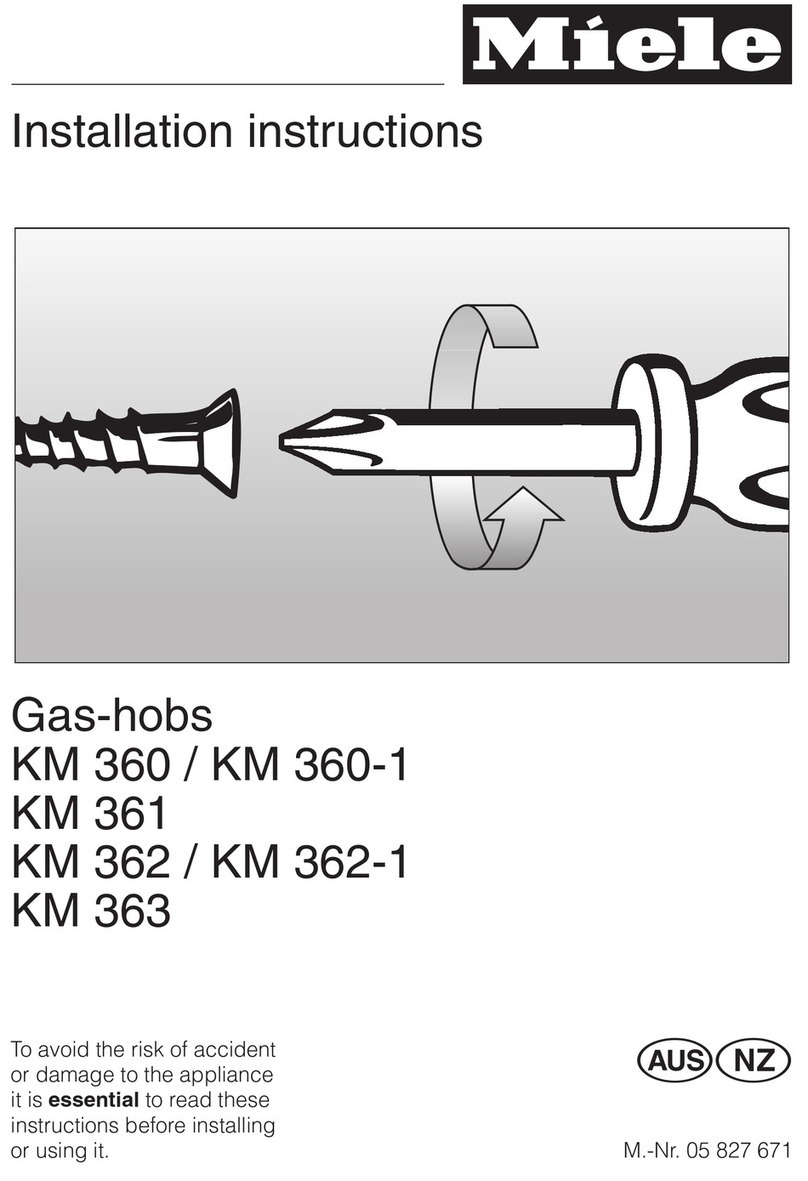5
What you should pay attention to
• Induction cooking is extremely safe. Various safety
devices have been incorporated in the hob such as
a residual heat indicator and a cooking time limiter.
There are nevertheless a number of precautions you
should take.
Connection and repair
This appliance may only be connected by a qualified
installer.
• Never open the casing. The casing may only be
opened by the service technician.
• Disconnect the electricity from the appliance before
starting any repair work Preferably unplug the
appliance, switch the (automatic) fuse(s) offor, in the
event of a permanent connection, set the switch in the
power supply lead to zero.
During use
• Do not use the hob in temperatures below 5 °C.
• This cooking appliance is designed for household
use. It is to be used for food preparation only.
• When you use the hob for the first time you will notice
a “new smell”. This is normal. If the kitchen is well
ventilated the smell will soon disappear.
• Remember that if the hob is used on a high setting
the heating time will be incredibly short. Do not leave
the hob unattended if you are using a zone on a high
setting.
• Ensure there is adequate ventilation while the hob is
in use. Keep all natural ventilation openings open.
• Do not allow pans to boil dry. The hob itself is
protected against overheating but the pan will get very
hot indeed and could be damaged. The guarantee
does not cover any damage caused by a pan boiling
dry.
• Do not use the cooking area as storage space.
• Ensure that there is several centimetres clearance
between the hob and the contents of the drawer.
• Do not keep anything combustible in the drawer
under the hob.
• Make sure that flexes of electrical appliances, such as
a mixer, cannot touch the hot cooking zone.
• The zones heat up during use and stay hot for a while
afterwards.
• Keep young children away from the hob during and
immediately after cooking.
• Grease and oil are inflammable when overheated. Do
not stand too close to the pan. Should oil catch fire,
never try to extinguish the fire with water. Put a lid on
the pan immediately and switch the cooking zone off.
• Never flambé food under the cooker hood. The high
flames could cause a fire, even if the cooker hood is
switched off.
• The ceramic top is extremely strong, but not
unbreakable. A spice jar or pointed utensil falling on
it, for example, could cause it to break.
• Stop using the hob if a break or crack appears. Switch
the appliance offimmediately, unplug it to avoid
electric shocks, and call the service department.
• Never put any metal objects such as baking trays,
biscuit tins, saucepan lids or cutlery on the cooking
zone. These can heat up extremely quickly and cause
burns.
• Keep magnetizable objects (credit cards, bank
cards, floppy disks, etc.) away from the appliance.
We advise anyone with a pacemaker to consult their
cardiologist before using an induction hob.
• Never use a pressure cleaner or steam cleaner to
clean the hob.
• This appliance is not intended for use by persons
(including children) with reduced physical, sensory
or mental capabilities, or lack of experience and
knowledge, unless they have been given supervision
or instruction concerning use of the appliance by a
person responsible for their safety.
• As soon as you remove the pan from the hob, the
cooking zone automatically stops. Accustom yourself
to stop the cooking zone or hob manually to avoid
unintended switching on of the induction hob.
• Never let an empty pan stand on a hotplate that is
switched on. While the hotplate is protected and will
switch itself off, the pan will be extremely hot. The pan
could be damaged.
• A small object like a pan that is too small (diameter
of bottom smaller than 12 cm), a fork or a knife will
not be recognised by the appliance. The display
continues to flash and the hob will not switch on.
• The appliance is not intended to be operated by
means of an external timer or separate remote-control
system.
• Never let children play with this device. Children are
not to be allowed near the device unsupervised.
Temperature safety
• A sensor continuously measures the temperature
of certain parts of the hob. Every cooking zone
is equipped with a sensor that measures the
temperature of the bottom of the pan to avoid any
risk of overheating when a pan boils dry. In case of
temperatures rising too high, the power is reduced
automatically.
SAFETY
